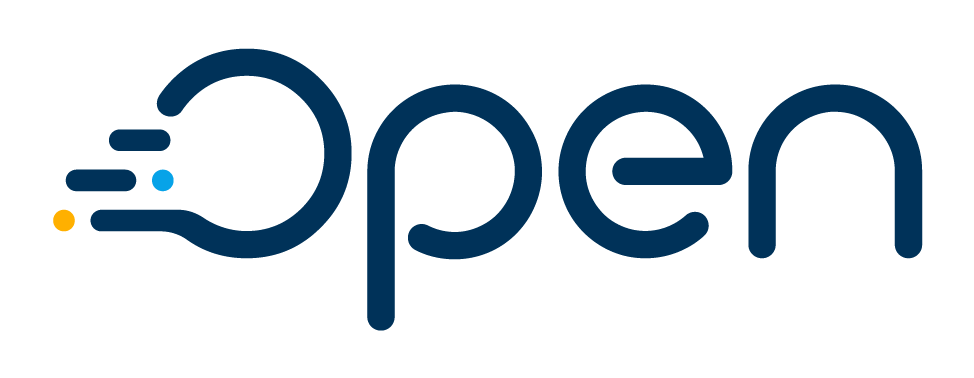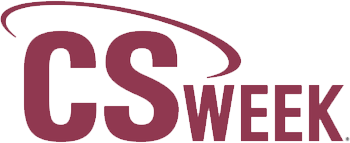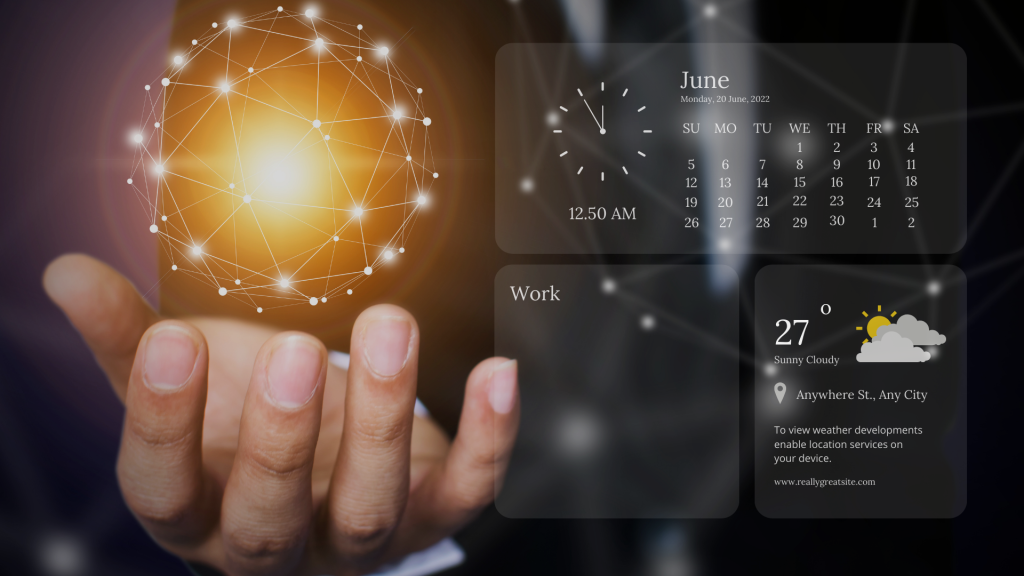We are all familiar with the pitfalls of customer service. You call up the company, wait on the line, get transferred a few times, and finally get talking to a Customer Service Representative (CSR) who takes a long time to fully understand your situation. New technologies such as chat bots and virtual assistants promise great things for customer service, but many implementations of these systems provide a customer experience which is equally, if not more, disappointing.
Utility and telco customers are constantly increasing their expectations as other industries set the bar for customer service by steaming ahead in this key area. While many service providers got away with poor customer service 10 years ago, today it is simply unacceptable and even the most patient customers will become frustrated if they are not attended quickly and effectively.
So how does a company transform its customer service center to keep its customers happy and stay ahead of the competition?
Request Triaging with Artificial Intelligence
One of the biggest gains to efficiency in a customer service center is the quick and accurate assignment of requests. Usually, the most frequent types of requests are the easiest to solve; but despite this, customers find themselves waiting a long time to get serviced. In some cases, customers may even spend more time waiting for attention than being attended.
Effective triaging of requests is the first step to improve customer service interactions. If you can quickly and accurately categorize incoming requests, it becomes possible to efficiently prioritize and assign them to the right CSRs. Care should be given to finding a balance between the speed and accuracy of this process, with customer satisfaction being the deciding factor.
Artificial intelligence has become the driving force in the triaging of customer service requests. Whether it be at a call center, a search query, or a discussion with a chatbot, AI can help customers quickly get to where they need to be. While using a human to triage requests is the most accurate method, it is extremely inefficient considering that most simple requests can be understood easily by a machine. To continue using humans for this process, you are forced to choose between longer wait-times or a large and expensive team of operators. By adding an automated operator as the first step, you can get all the quick-wins out of the way with minimal waiting time and cost.
Speech recognition and natural language processing are not exact sciences, so there is always room for error, but this is can be easily rationalized in the context of the larger strategy. To provide a fast and efficient experience for most customers, you must accept that some requests will fall through the cracks. If your CSRs are sympathetic to customers and trained to quickly rectify any problems which come up, they can effectively minimize the negative impact of these cases on customer experience.
Fast-track common requests
If you are buying a bottle of milk from the supermarket, you don’t wait behind somebody with a trolley full of groceries, you go to the express lane; so why should customers with easy requests have to wait in line behind the more difficult cases?
Incoming service requests roughly follow the 80/20 rule, where 80% of service requests take only 20% of the effort. By optimizing customer service processes for the most common requests, you can get the quick-wins out of the way faster, improving service to these customers while freeing up more resources to deal with the more difficult requests.
Every service provider is different and has its own peculiarities when it comes to customer service so there is no one type of request which is the most common for every company in an industry. Furthermore, the most common type of request today may not necessarily be so common tomorrow. Bearing this in mind, companies need to constantly be analyzing incoming requests to monitor trends and keep track of the most common problems customers are experiencing.
Once the process for determining common requests has been established, you can tune your customer service machine to churn out these requests quickly and accurately, increasing customer satisfaction and reducing overheads.
Give your CSRs the right tools
Even with the most effective triaging processes and a strategy to fast-track common requests, the success of your customer service operation depends largely on what your CSRs have in front of them when they get on the case.
Often customers feel like CSRs take a long time to look for information and, even after this, don’t adequately understand the situation. Having to repeat information and wait for CSRs to slowly get a picture of what is going on can be frustrating and ultimately lead to a negative experience.
From the service provider’s perspective, these problems are typically caused by a customer information system which forces CSRs to access multiple systems to retrieve information and initiate customer-facing processes. Given the wide range of business areas with which a customer service operation interacts, one might be forgiven for thinking that this is the natural fate of a customer services center; however, your customers expect better and you can do better.
Typically, core business areas each have a unique front-end application which makes it easier for end-users to go about their daily tasks, so why should customer service be any different? To provide an outstanding customer service, your CSRs need a consolidated customer service portal which provides an intuitive front-end while effectively handling all interactions with other business areas behind the scenes.









